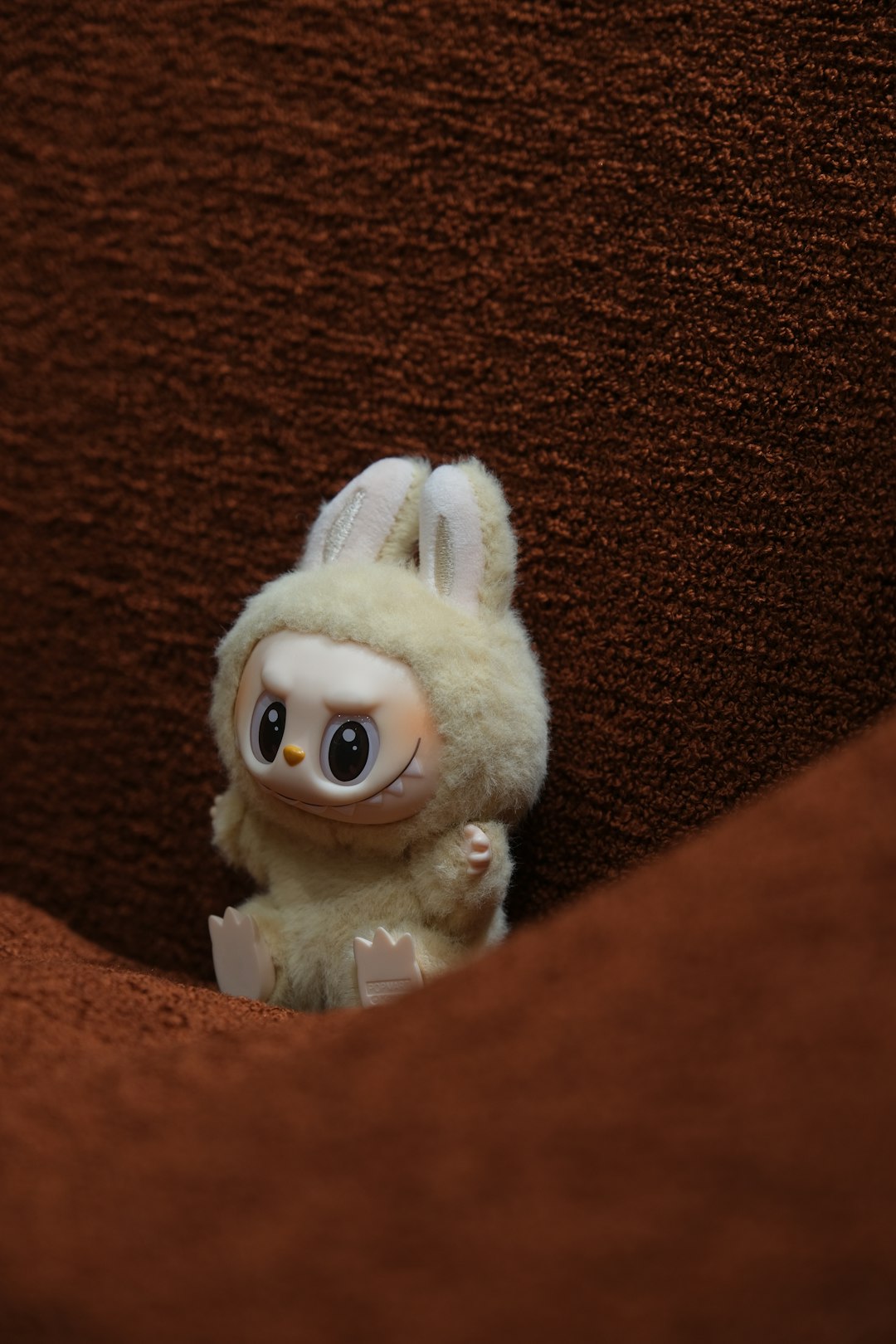The Labubu, an indoor plant with distinct seasonal needs, requires flexible watering based on light, humidity, and temperature. Spring/summer: increased hydration for growth. Autumn/winter: reduced watering for dormancy. Well-draining soil, regular misting, indirect sunlight, and fertilization support year-round health. Controlled environment and patience foster understanding, leading to eco-friendly plant care practices.
“Uncover the secrets to thriving Labubu plants all year round! This comprehensive guide delves into the distinct watering needs of Labubu compared to common houseplants, revealing its unique characteristics. We explore seasonal variations and provide an adjusted watering schedule for optimal growth. Learn effective care practices tailored to Labubu’s preferences, ensuring your plant stays vibrant and healthy regardless of the season. Discover why proper Labubu care is a game-changer for indoor gardening.”
- Labubu's Unique Watering Needs Compared to Common Houseplants
- Seasonal Variations: Adjusting Labubu's Watering Schedule
- Effective Care Practices for Optimal Labubu Health Throughout Years
Labubu's Unique Watering Needs Compared to Common Houseplants
Labubu, unlike common houseplants, has unique watering needs that set it apart. Its water requirements are heavily influenced by factors like light exposure, humidity, and temperature changes throughout the year. Unlike many other indoor plants that thrive on consistent moisture, Labubu benefits from a more dynamic approach to watering. It’s not about maintaining a constant level of dampness but creating cycles that mimic its natural environment.
This contrast is especially evident when comparing Labubu to houseplants often recommended for indoor spaces. For instance, while peace lilies prefer consistently moist soil and regular feeding, Labubu can adapt to drier periods during winter. This adaptability is a result of its evolutionary origins in tropical regions where water availability fluctuates. Similarly, mind mapping for students or using team collaboration tools to optimize growth conditions won’t replace the natural rhythm of Labubu’s watering schedule, but understanding these needs can help owners provide the optimal care for their unique plant companion. If you need further guidance, give us a call at lab report structure.
Seasonal Variations: Adjusting Labubu's Watering Schedule
The Labubu, with its unique growth patterns and aesthetic appeal, requires a nuanced watering schedule that adapts to seasonal changes, much like other indoor plants. Unlike some species that remain consistent throughout the year, Labubu’s needs evolve based on environmental factors. During spring and summer, when daylight hours are longer and temperatures rise, these plants thrive on more frequent watering as they actively grow. This period demands a balanced approach, ensuring the soil stays moist but well-drained to prevent root rot.
As autumn and winter set in, the Labubu’s water requirements shift again. Shorter days and cooler temperatures slow down its growth rate, making it less hungry for water. Adjusting to this seasonal variation is crucial; reducing watering frequency allows the plant to enter a dormant phase, preserving its vitality for the next growing season. This adaptive approach not only ensures the Labubu’s longevity but also aligns with broader sustainability practices, as responsible watering habits contribute to the overall health of indoor ecosystems and reduce wastage. For those interested in enhancing their care routine, incorporating academic goal setting and critical thinking exercises can further optimize plant health by fostering a mindful and data-driven approach to watering, as exemplified through statistical interpretation of the Labubu’s response to various water schedules.
Effective Care Practices for Optimal Labubu Health Throughout Years
Caring for a labubu (or any indoor plant) is an art that requires dedication and knowledge to ensure its longevity and health. Throughout different seasons, adjusting your care practices is essential for maintaining optimal labubu well-being. In winter, reduce watering frequency due to lower light levels and cooler temperatures, allowing the top inch of soil to dry out between waterings. Conversely, during spring and summer, increase watering as the plant actively grows; check the soil moisture level weekly, ensuring it stays consistently moist but not soggy.
To keep your labubu thriving year-round, consider these practices: regular misting to maintain humidity, providing indirect sunlight, using well-draining soil, and fertilizing during active growth periods. Moreover, creating a consistent environment with controlled temperature and humidity levels can significantly benefit the plant’s health. Explore creative writing prompts for beginners as a fun side hobby while also adopting eco-friendly living tips for a greener lifestyle. Even if you’re new to plant care, with patience and observation, you’ll develop a keen understanding of your labubu’s needs. And remember, visit us at bilingual education benefits anytime for more insights into nurturing your green companions.
The labubu stands out among indoor plants not only for its striking appearance but also its distinct watering requirements. This unique plant demands a tailored approach, especially when compared to common houseplants, which often have more uniform needs. By understanding and adapting to labubu’s seasonal variations in water intake, caretakers can ensure optimal health year-round. Through effective care practices, including adjusted watering schedules for each season, you can cultivate a thriving labubu that brings beauty and vibrancy to your indoor space.





Leave a Reply